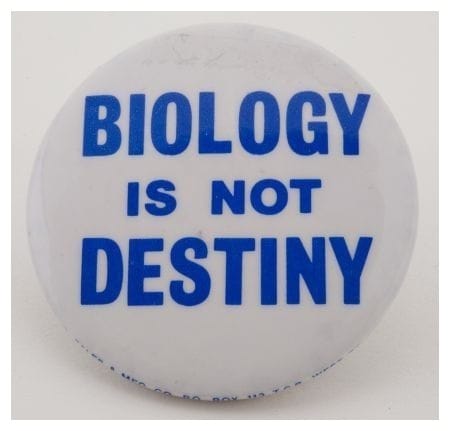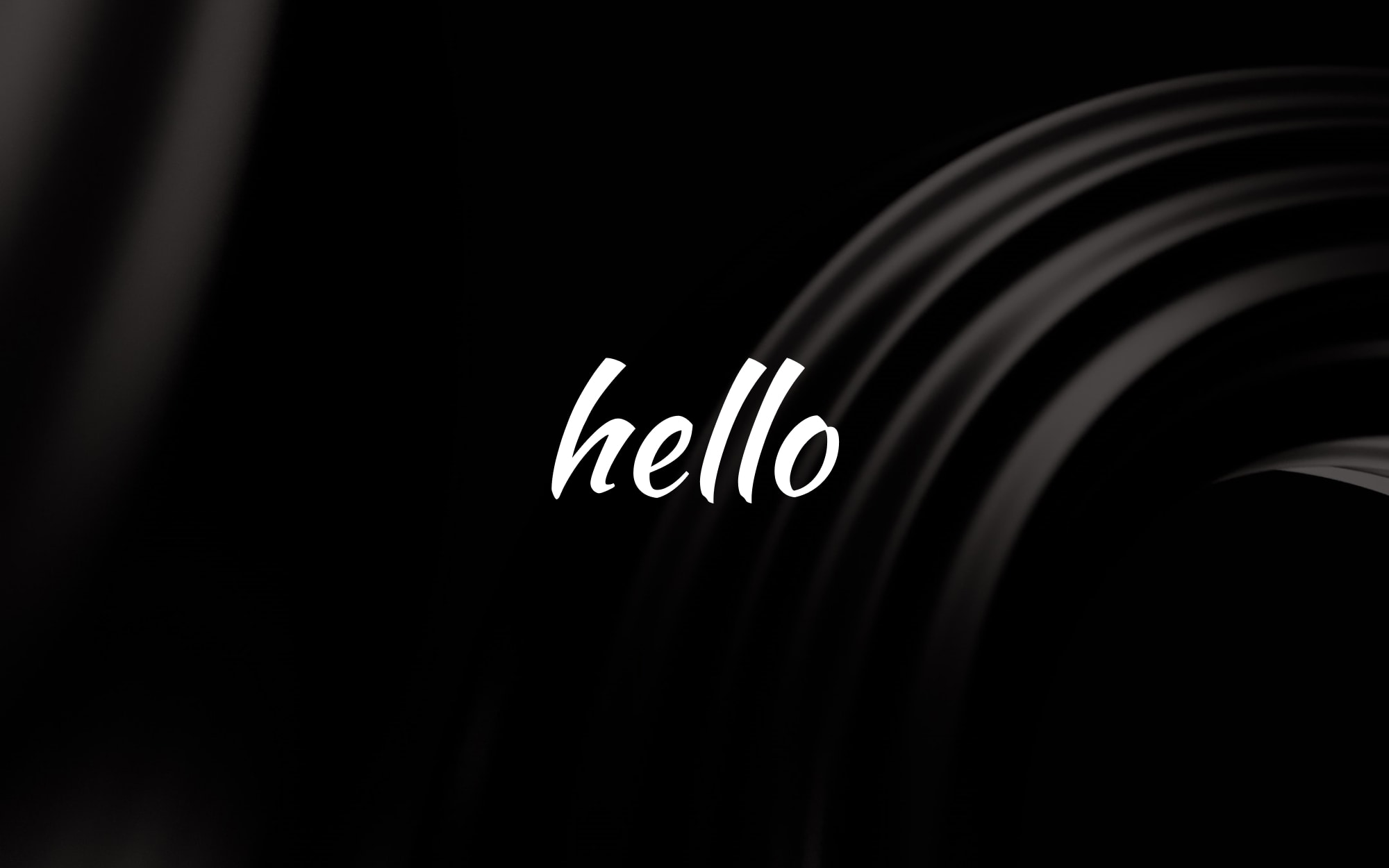If I could teach activists one thing
Activism as a laboratory for freedom
If I could snap my fingers and teach one thing to everyone in activist communities, it would be to understand movements as communities of practice for solving problems in liberty, and political theory as the collection of existing knowledge we have for understanding power.
A lot of people struggle with this technological view of activist practice (whether feminist, anarchist, socialist, Marxist or whatever else), in part because we often don’t really see social interaction in a technological way. But our ideas for things are hard worked over, experimented with, tested in practice for their ability to predict outcomes and better ideas and models carry forward (ideally) while others which prove unsuccessful wither.
Liberation is a difficult project to build solutions towards. We have constant open questions about what it means. Liberation for who? What forms of freedom would or should this entail? But evolving our understanding of power imbalances and engineering their saboutage has long been a key approach to activism. For example, (mainly) women have been suppressed and coerced as a class through the functioning of their reproductive organs, leading to feminists inventing new techniques for abortion which were simple and cheap to replicate, developed social communication networks and organisational structures to help women discover and access these services. The organising technology of unionisation as well as experiences and deep understanding of imprisonment fighting anti apartheid struggles in South Africa and institutionalisation in a Leonard Cheshire home formed the necessary knowledge base to kick start the British wing of disabled people’s liberation movement in 1972, which then led in a later generation to the invention of the social model of disability, and gave rise to campaigns for social integration of disabled people in non segregated communities where previously institutional provisions had been a technology for separating, marginalising and oppressing disabled people. The political education models of the American civil rights struggles of the 1960s provided a wealth of practical technologies for community aid and care as well as resistance which immediately showed their practical value and once demonstrated were shortly after adopted as inspirations by new born Gay Liberation movements on multiple continents. Discoveries in liberatory practice become patterns to be adapted, tested and applied in other places they seem to have use.
There’s a frequent tendency in most liberation movements for the community involved in the project to devolve into building counter cultures, to replace the work of building the necessary structures for liberation and developing new understandings of how and why previous efforts have failed with a cultural project to separate “us” the activist community from “them" society at large. To an extent it’s really important to build cultural spaces to live in, that can nurture and nourish experimentation with new ideas that gives rise to revolutionary potentials. I don’t want to deny the significance of this, all work and no play leaves us burnt out and uninspired.
But all the same, if I could snap my fingers and teleport information into my fellow activists' minds, it would be the understanding of activism as a community of practice for the research and application of the technology of liberation.


